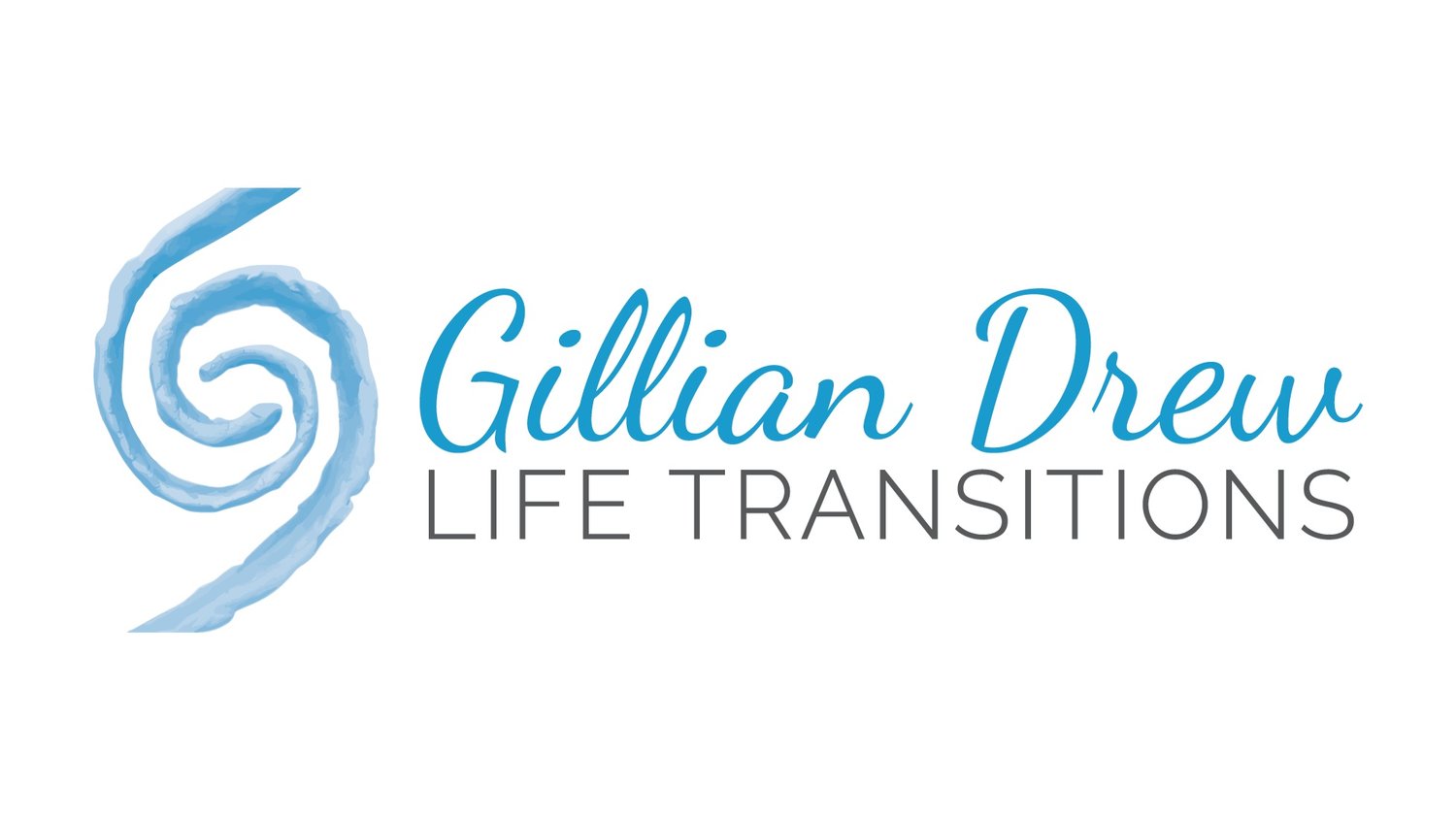
Invest in time with yourself
When chaos descends, so often we focus on getting life back to ‘normal’ for everyone else. We cope for as long as we can until the stress, fatigue, and juggling of all the things gets too much. Learn how to you bring yourself back into balance so you can press ‘Play’ on life again.
Connect with what’s important, at your pace
Unpack how you feel with self-paced online courses you can tap into at any time. Learn skills to support yourself on your journey of change and transition.
This is the time for you to take back control.
-

Kinesiology
Unravel and release the stress that’s holding you back by bringing balance to mind, body and spirit.
-

Art Therapy
Explore your life’s challenges and goals through the lens of meditation and art making.
-

Coaching
Review your life direction and work towards creating change around a goal of your choosing.
-

End of Life Doula
Prepare for, process, and transition through the end of life in the way that feels most right for you.
-

Numerology
Discover a framework for making sense of your life’s ebb and flow so you can make the most of it.
“Gillian has a soothing and concise voice and manner that gives you a safe, supportive space to explore your inner patterns of thinking and feeling.
Thank you for the opportunity to grow”
—Tracey G.

Have a chat for free and see if it’s right for you.
There’s no commitment, pressure, or obligation.


